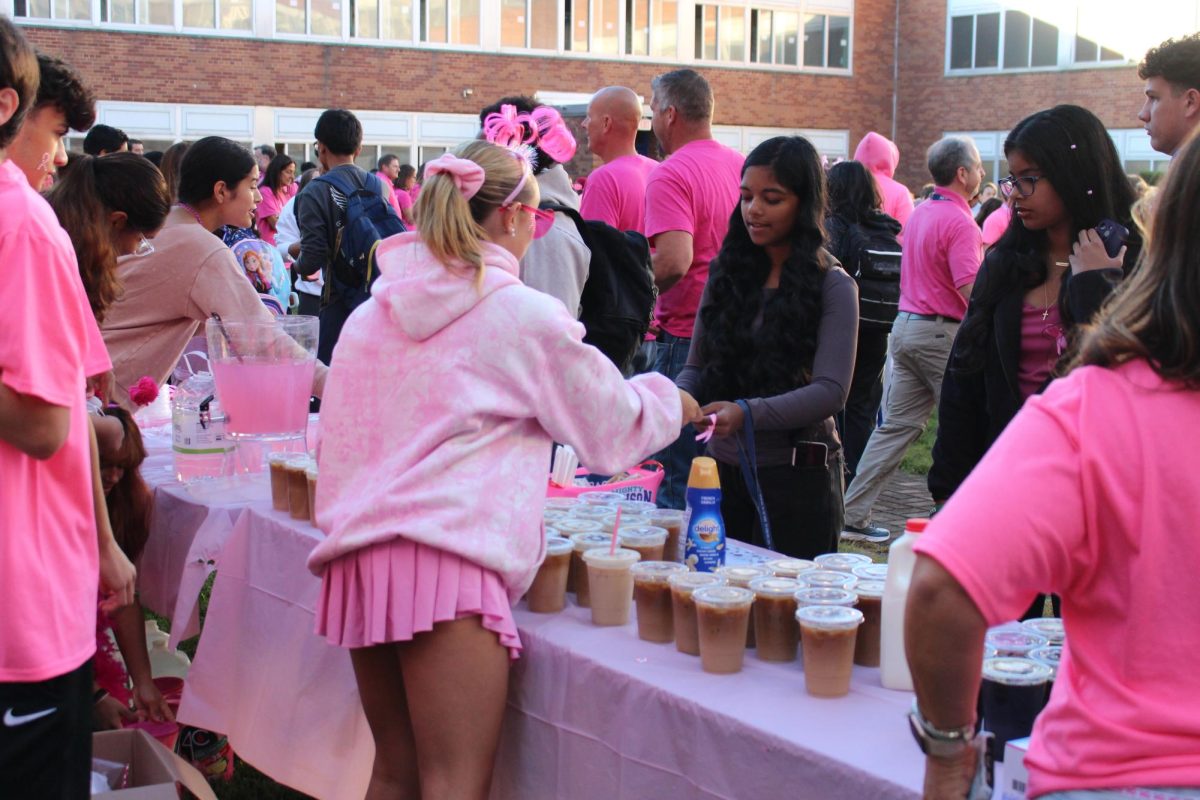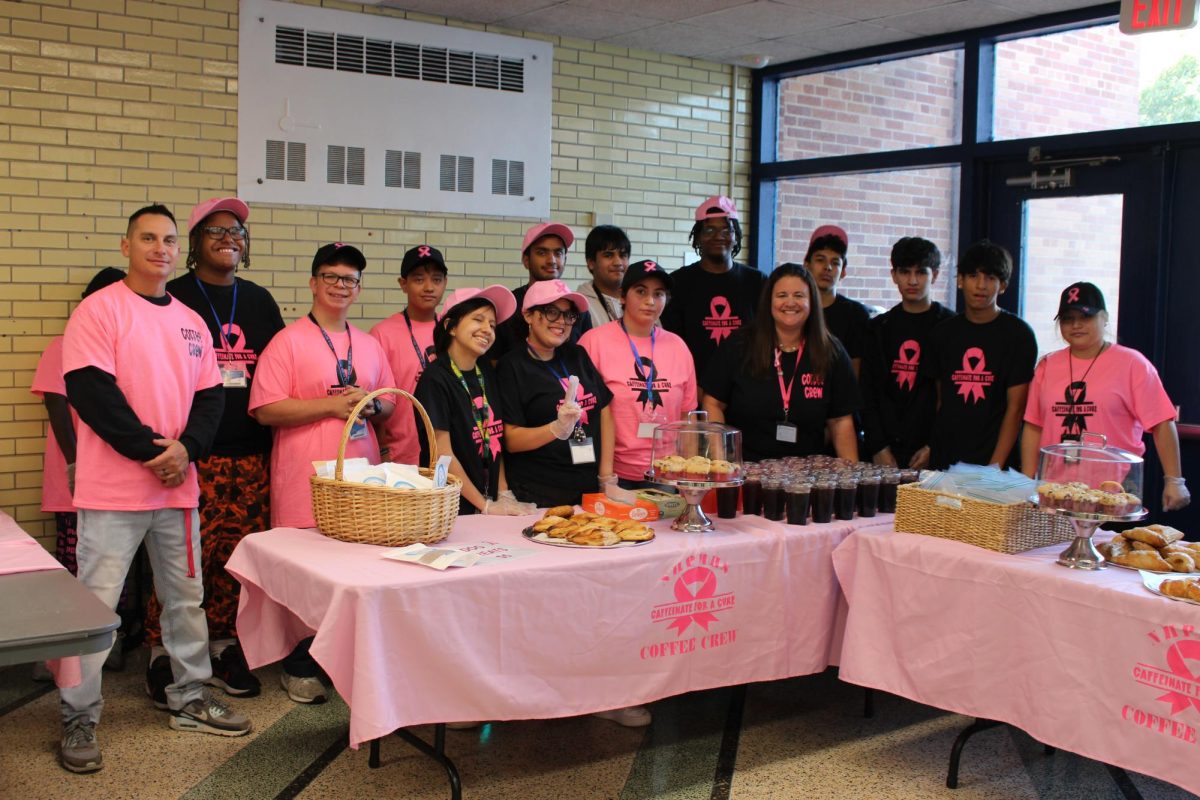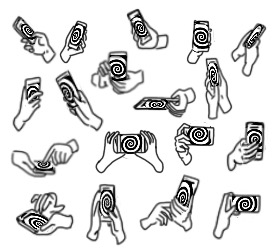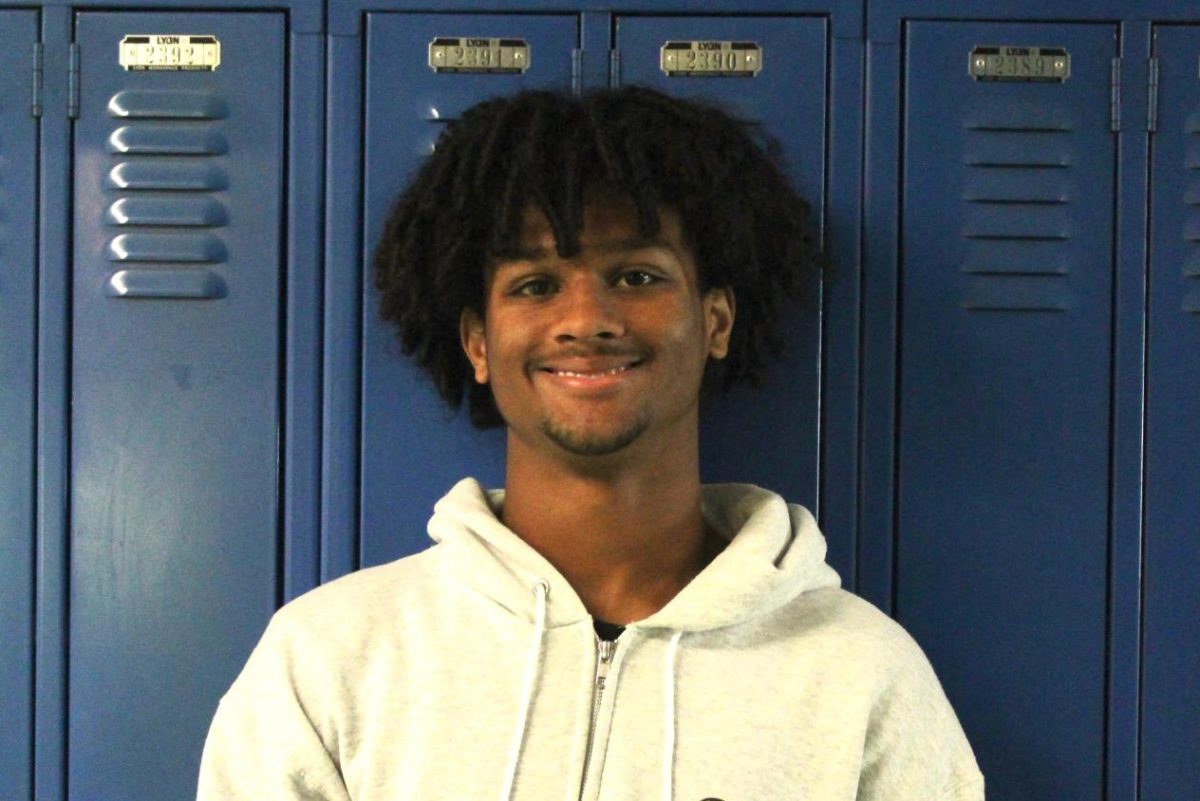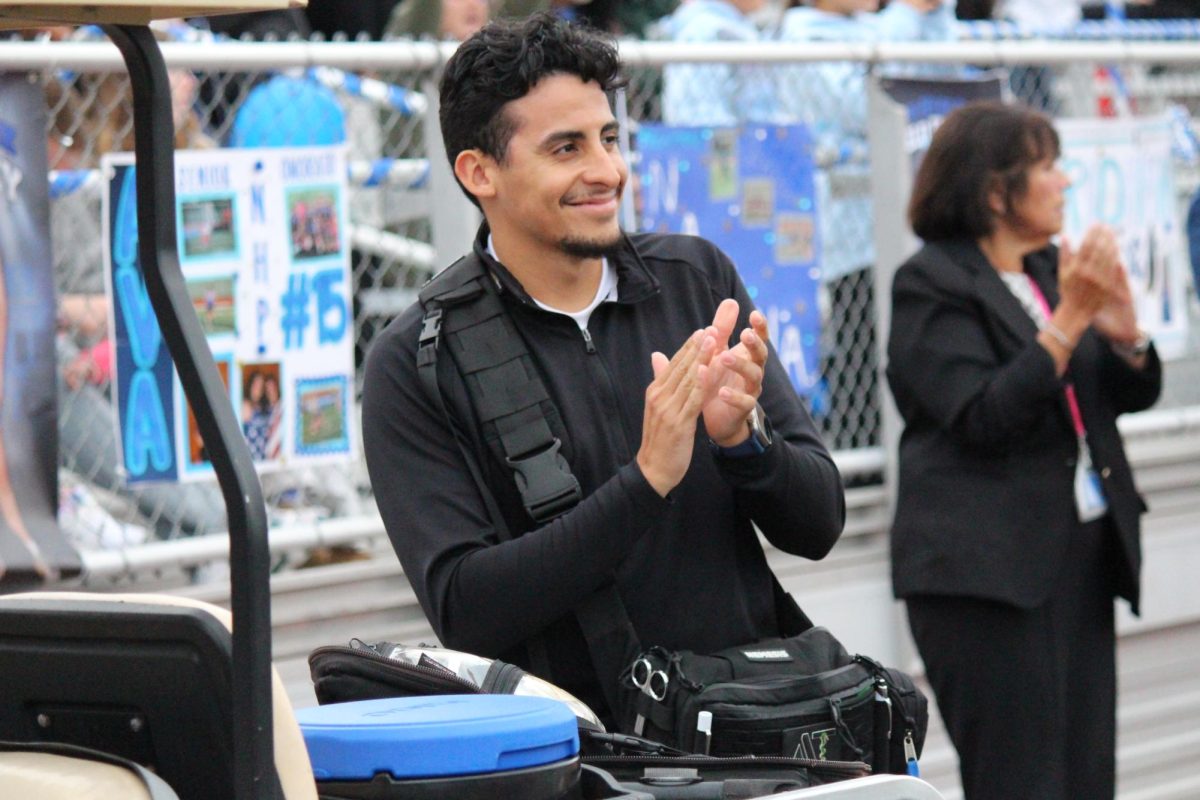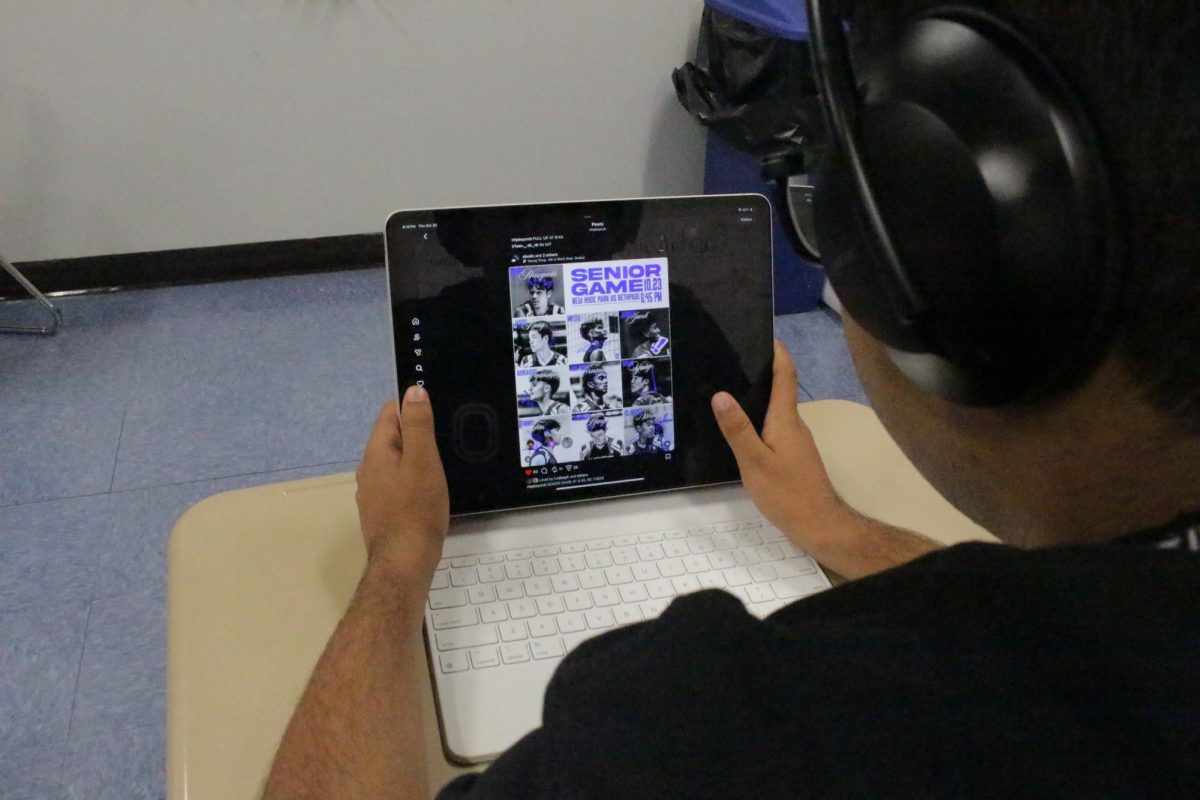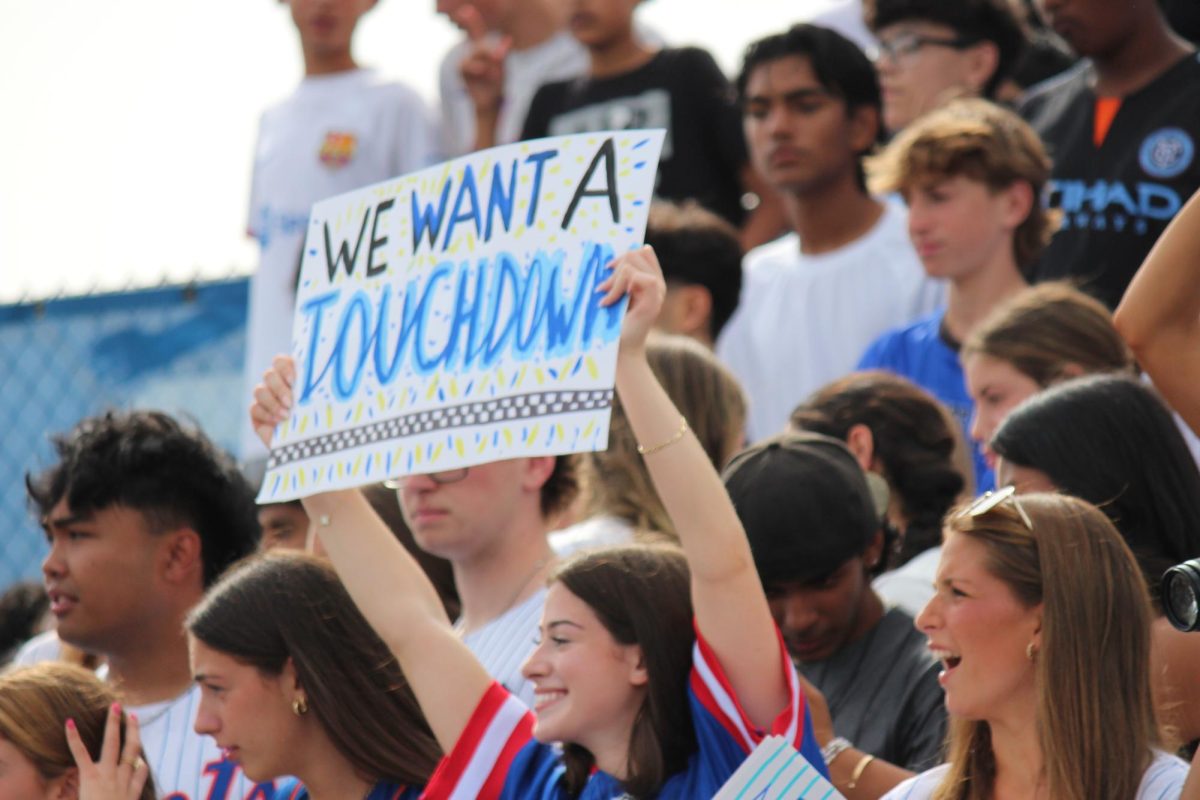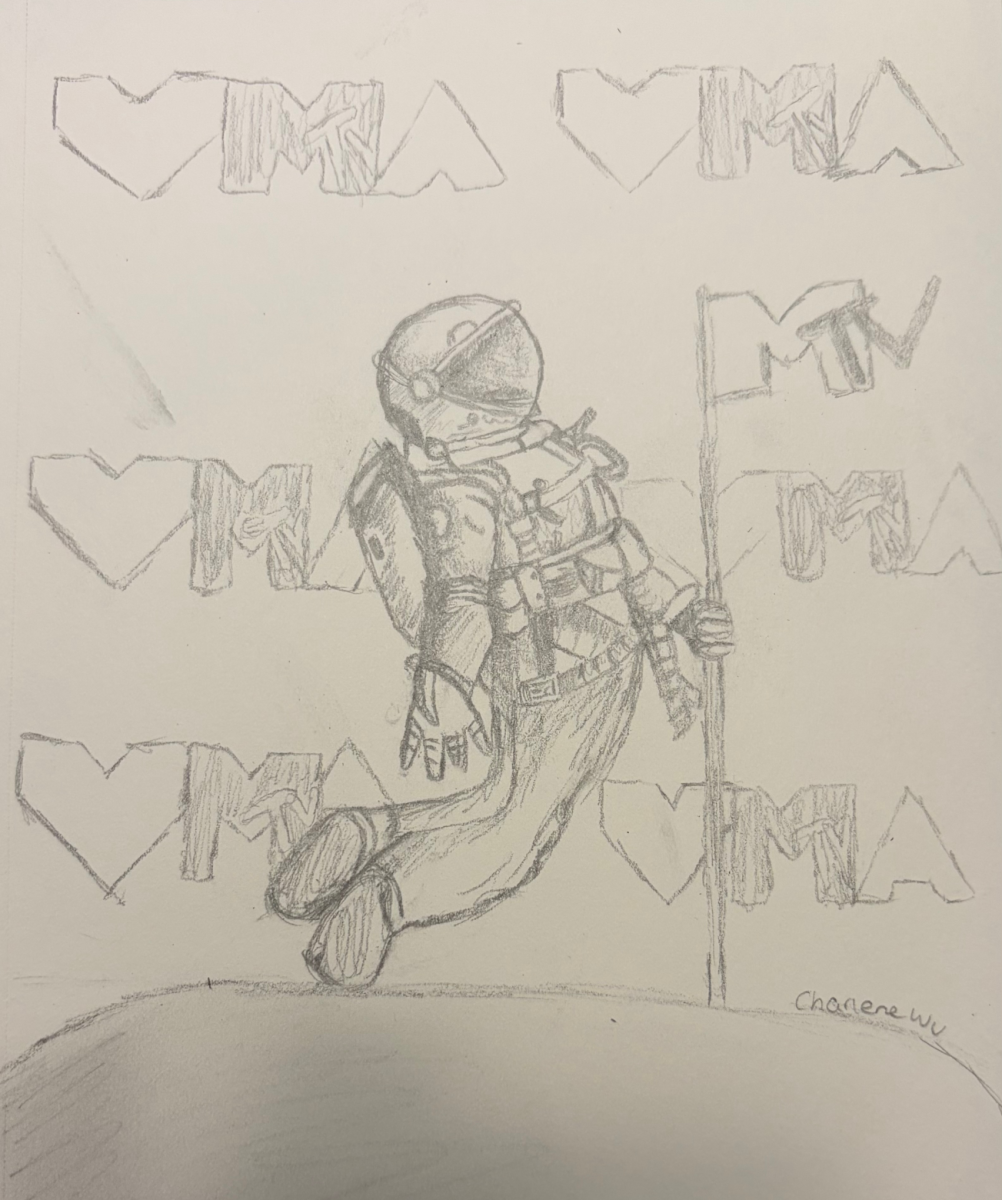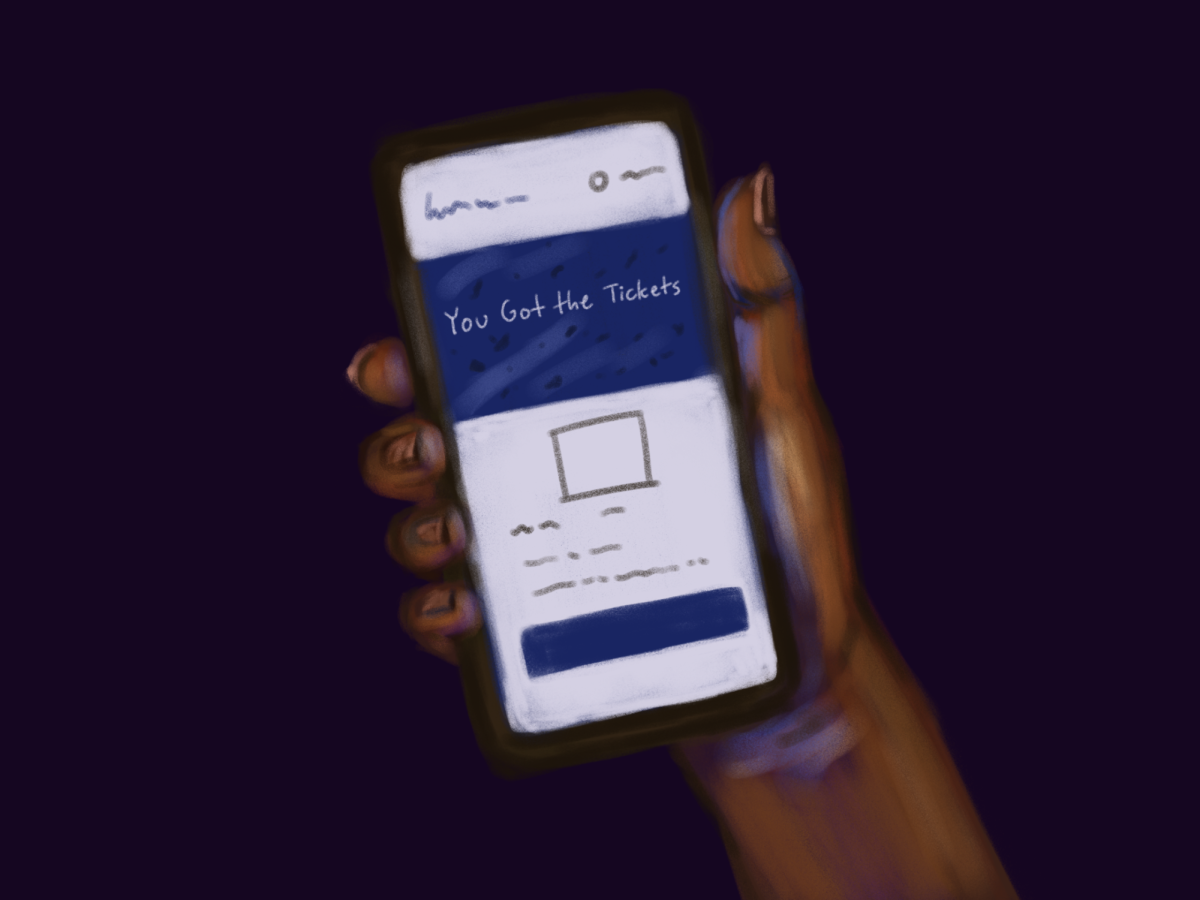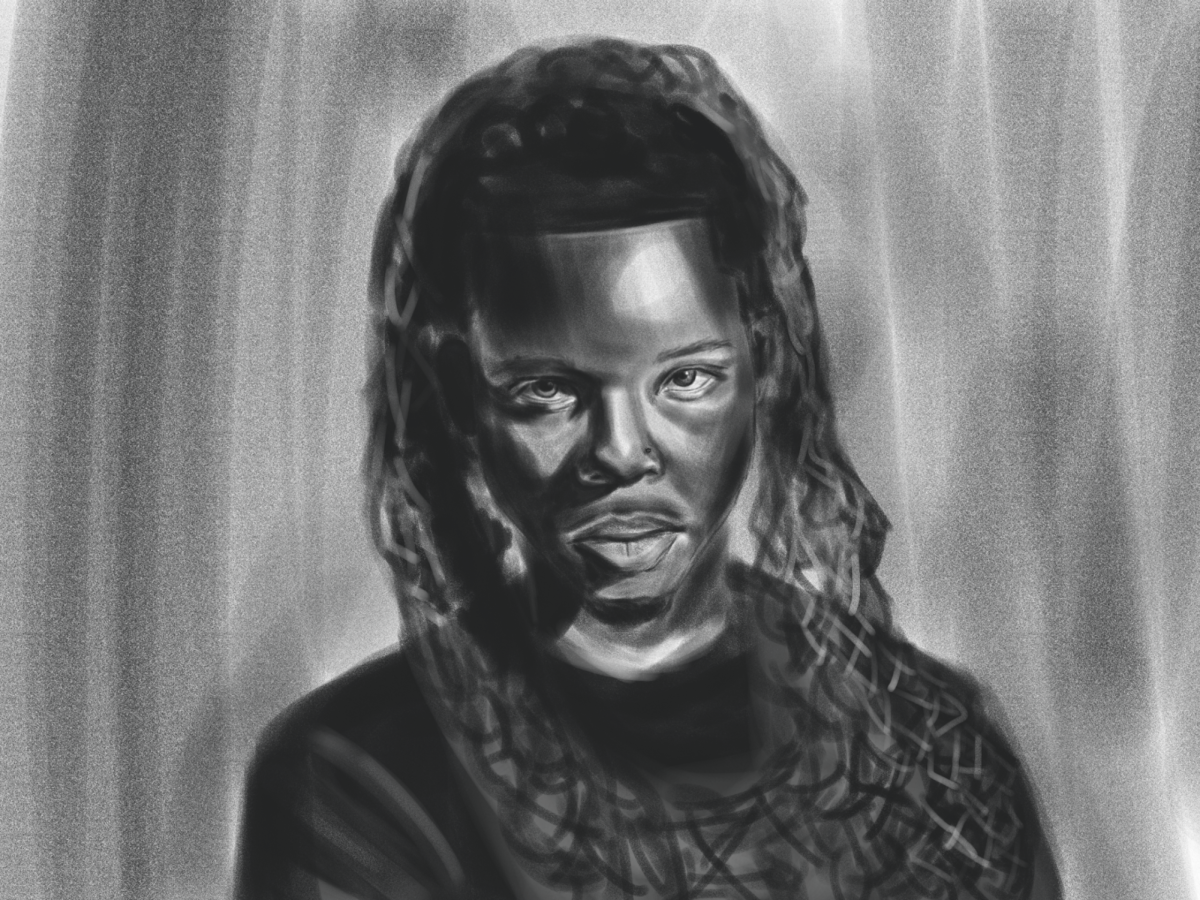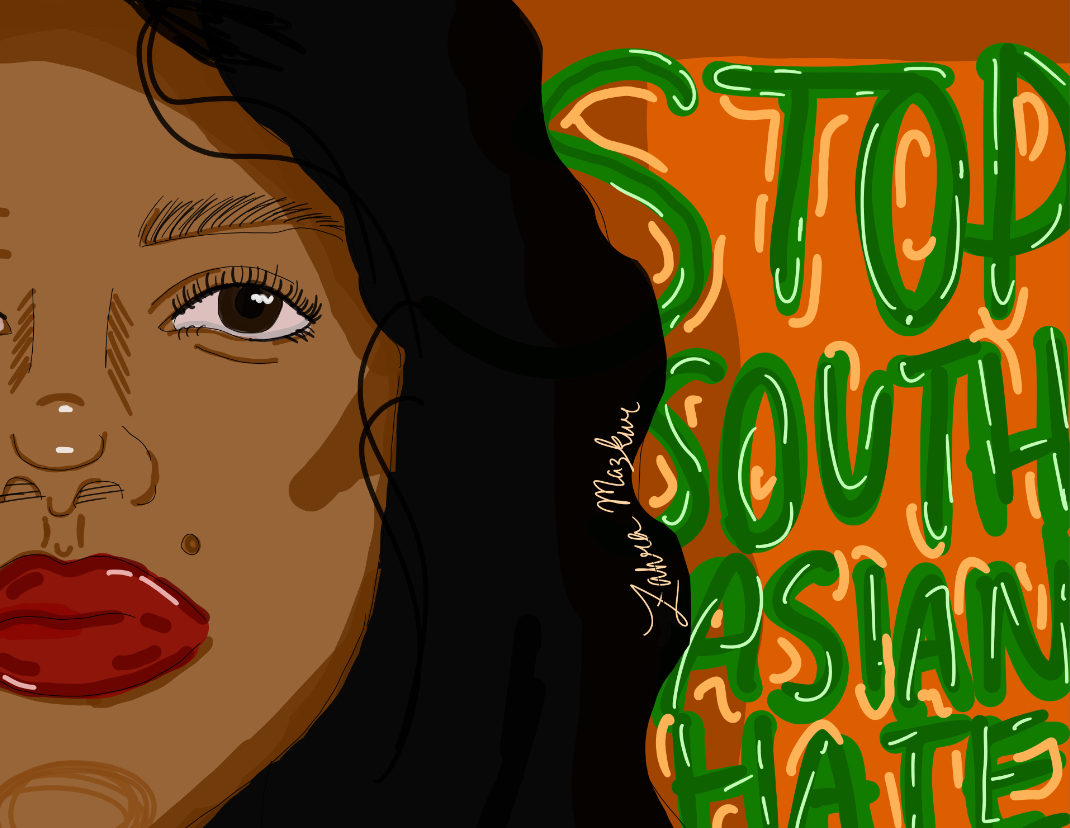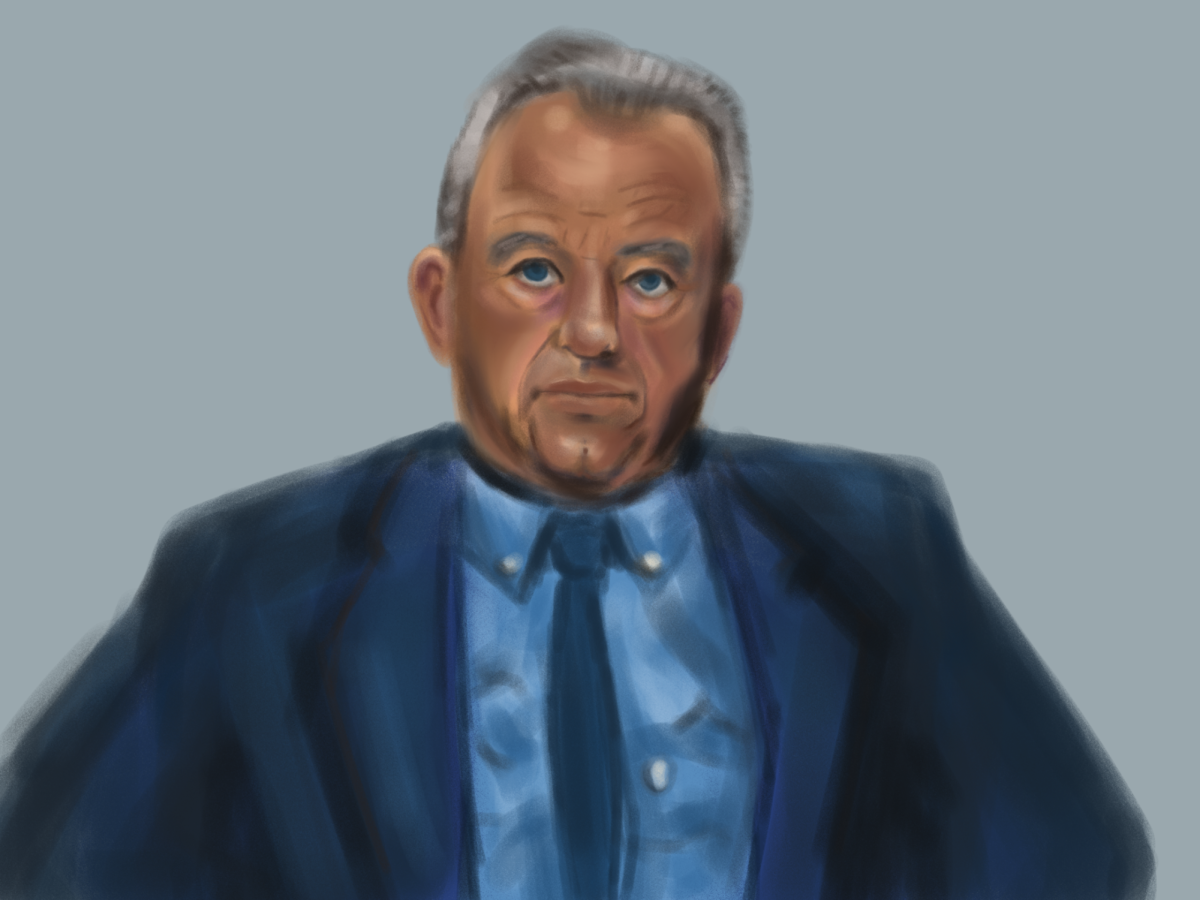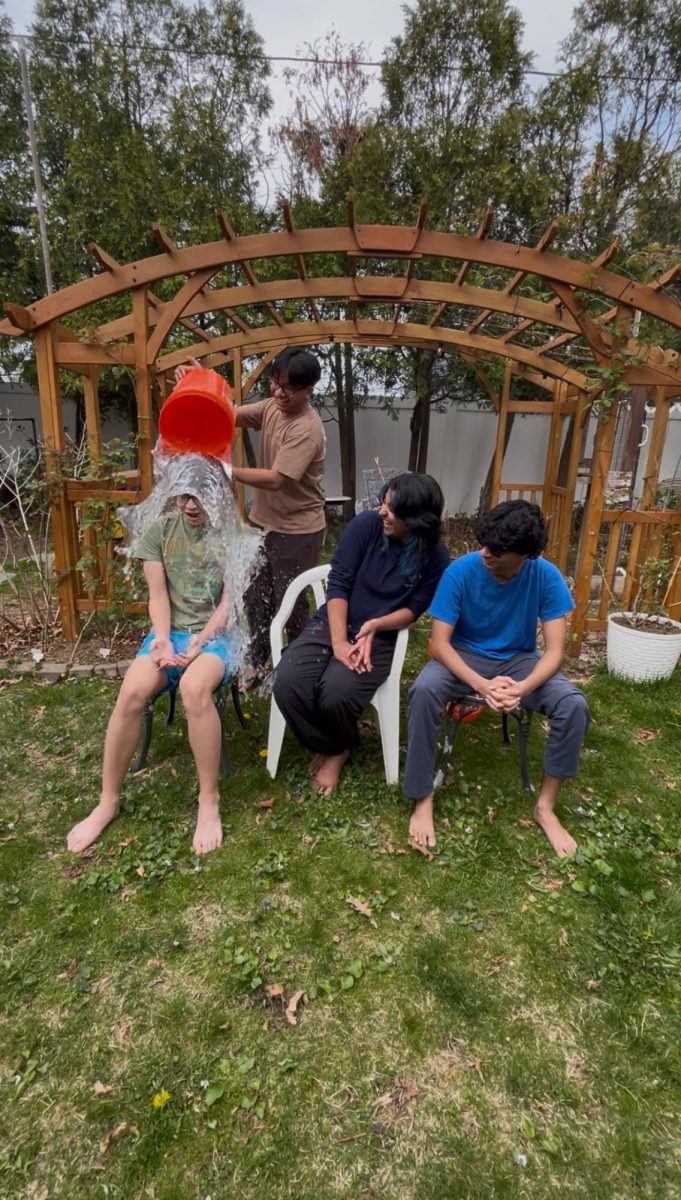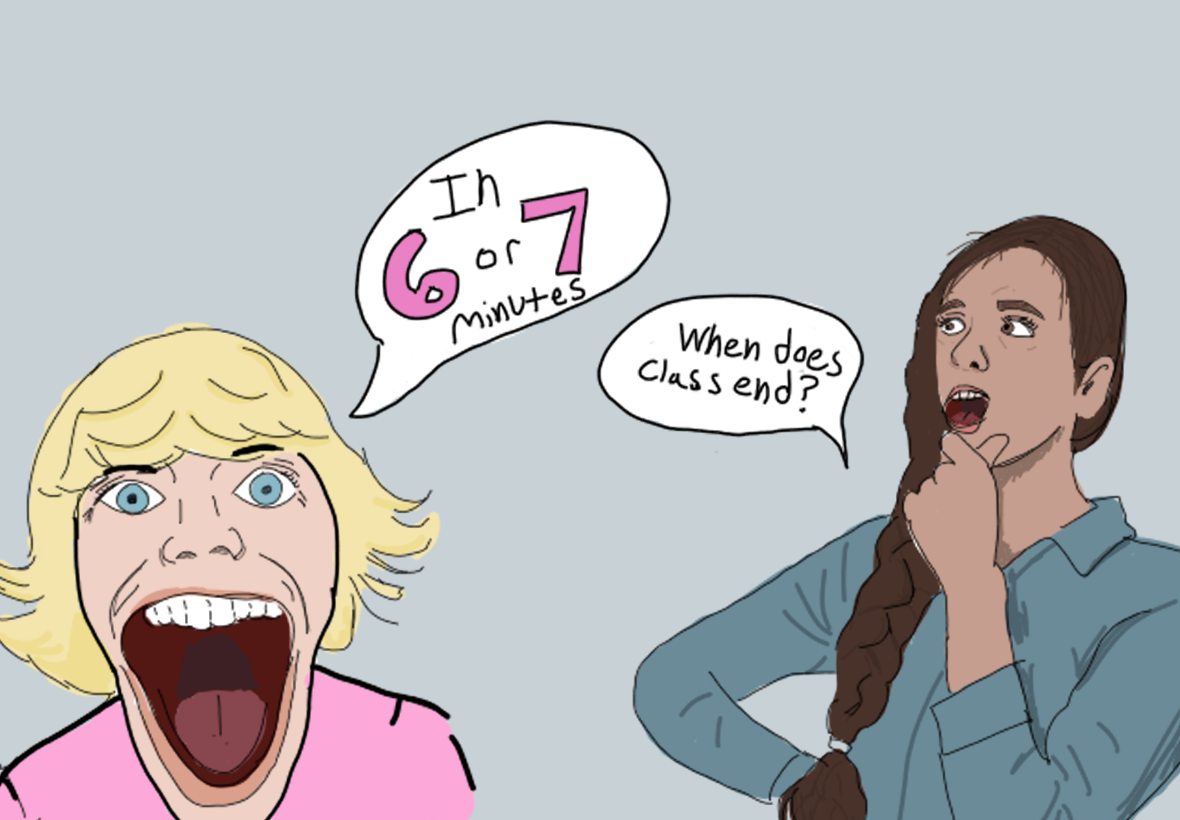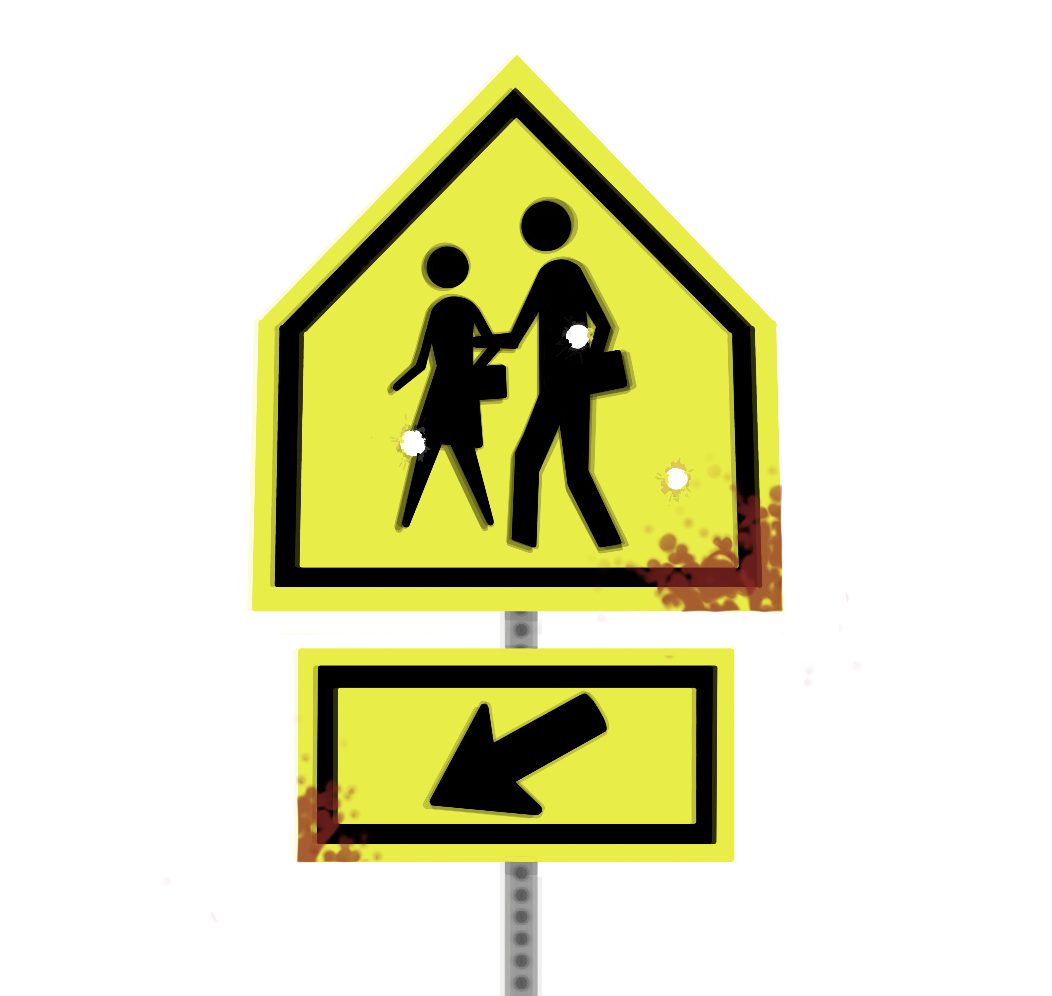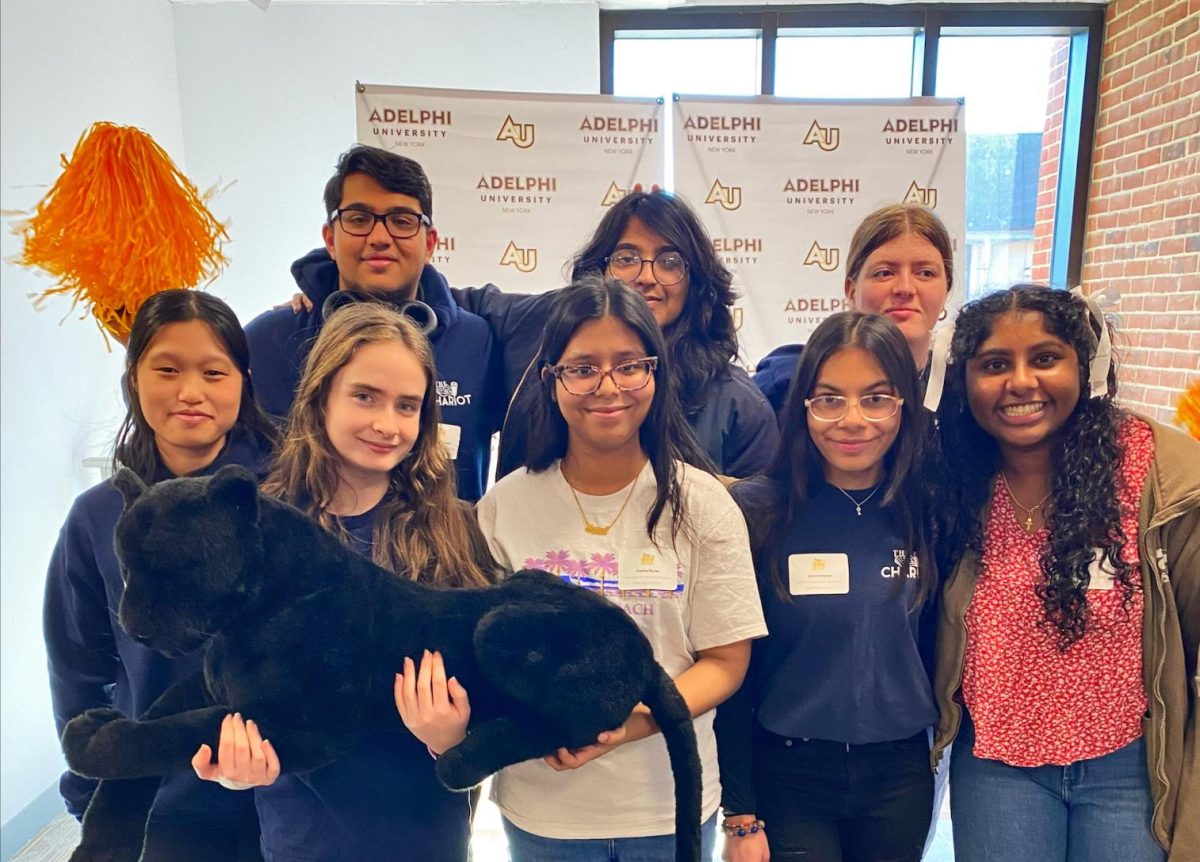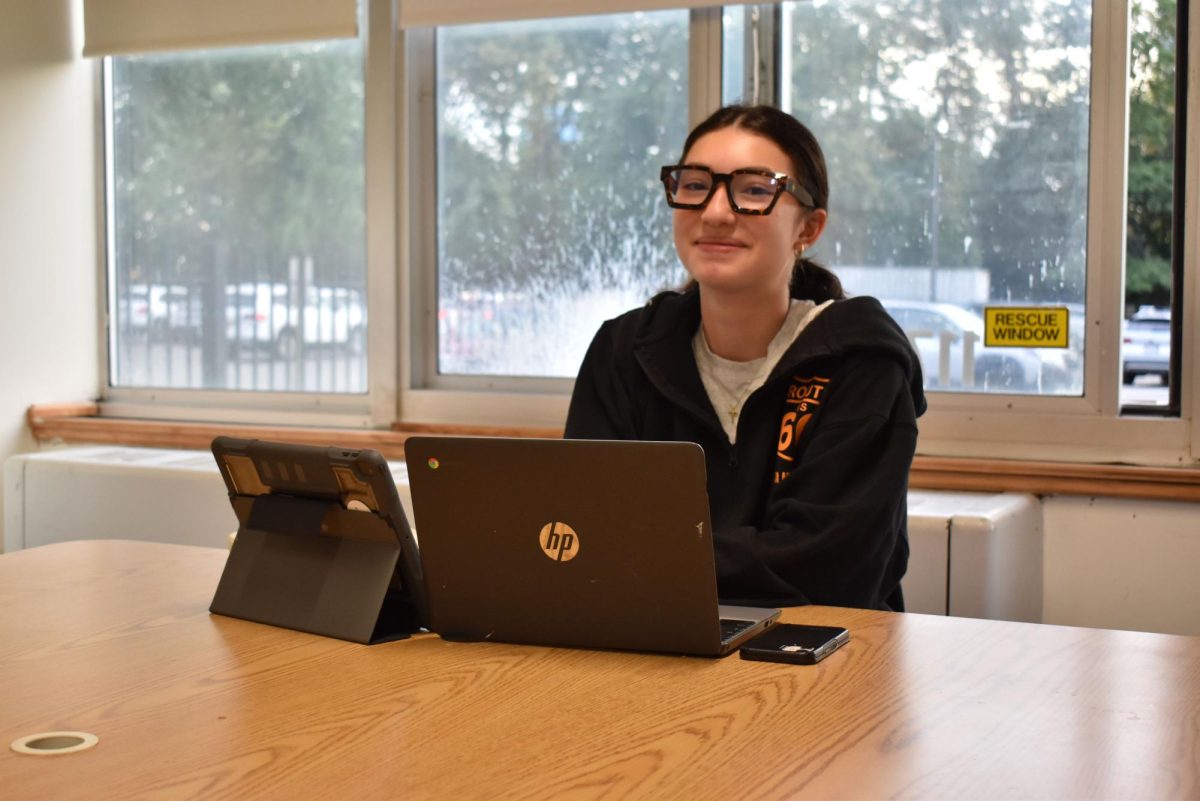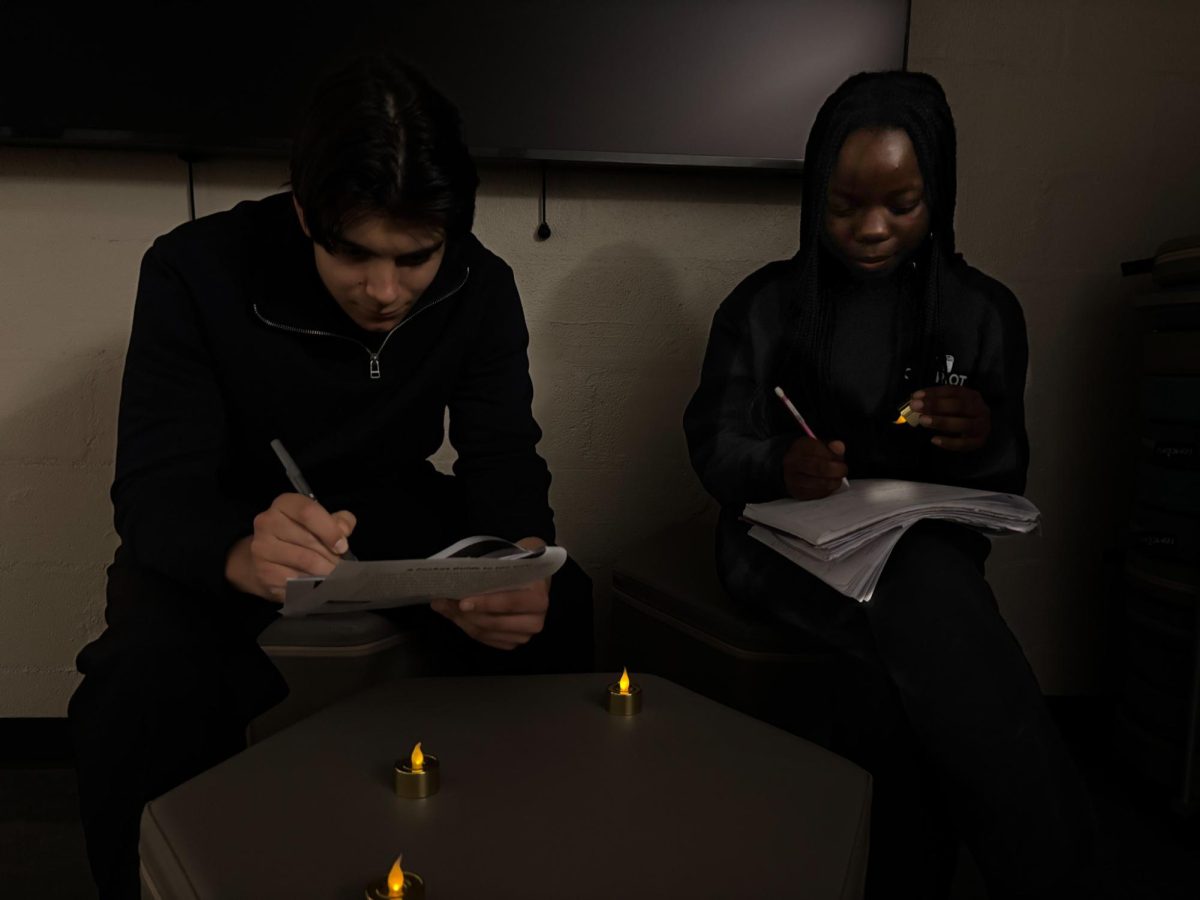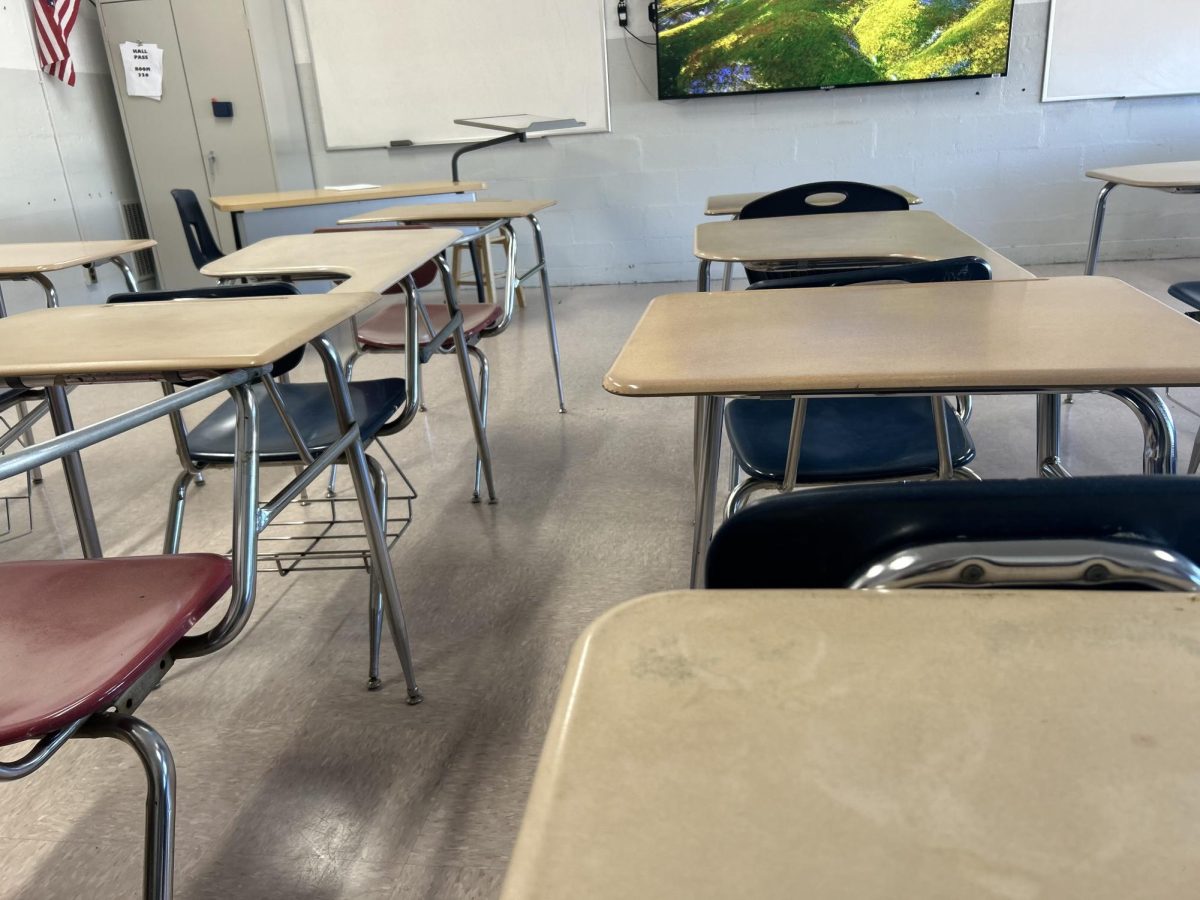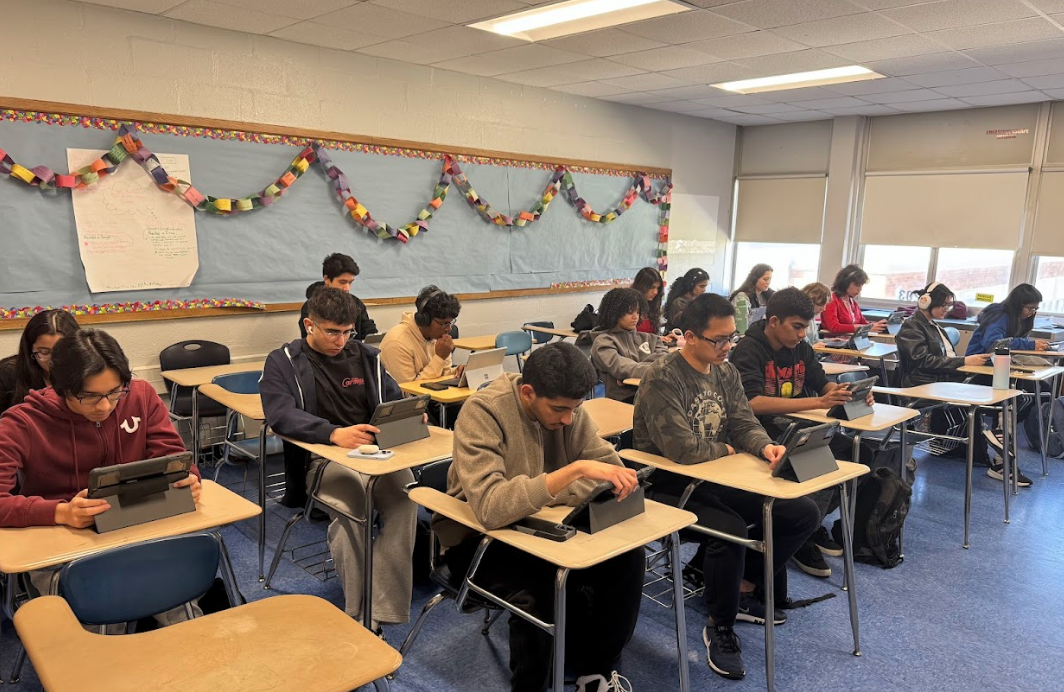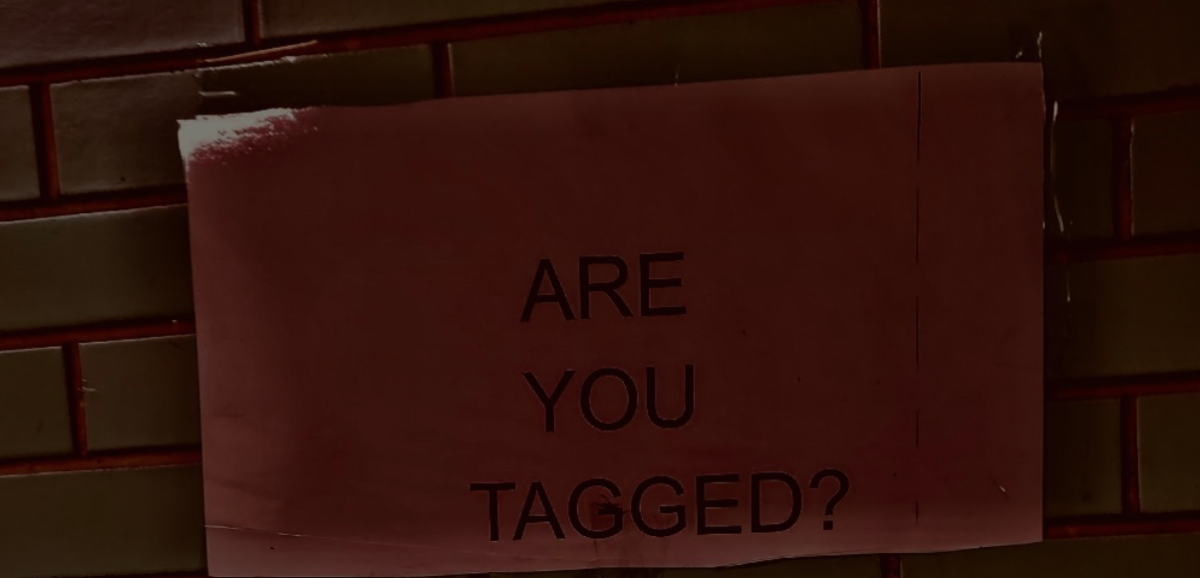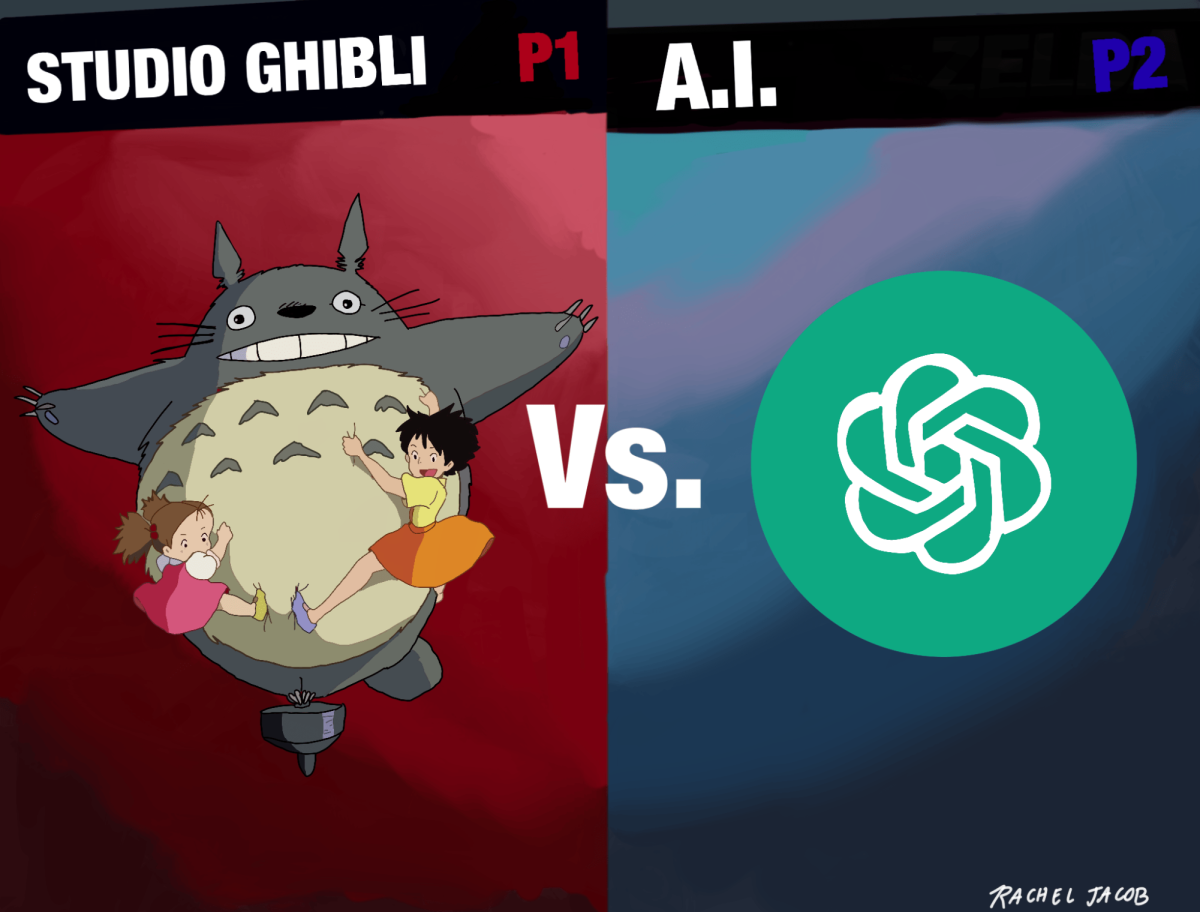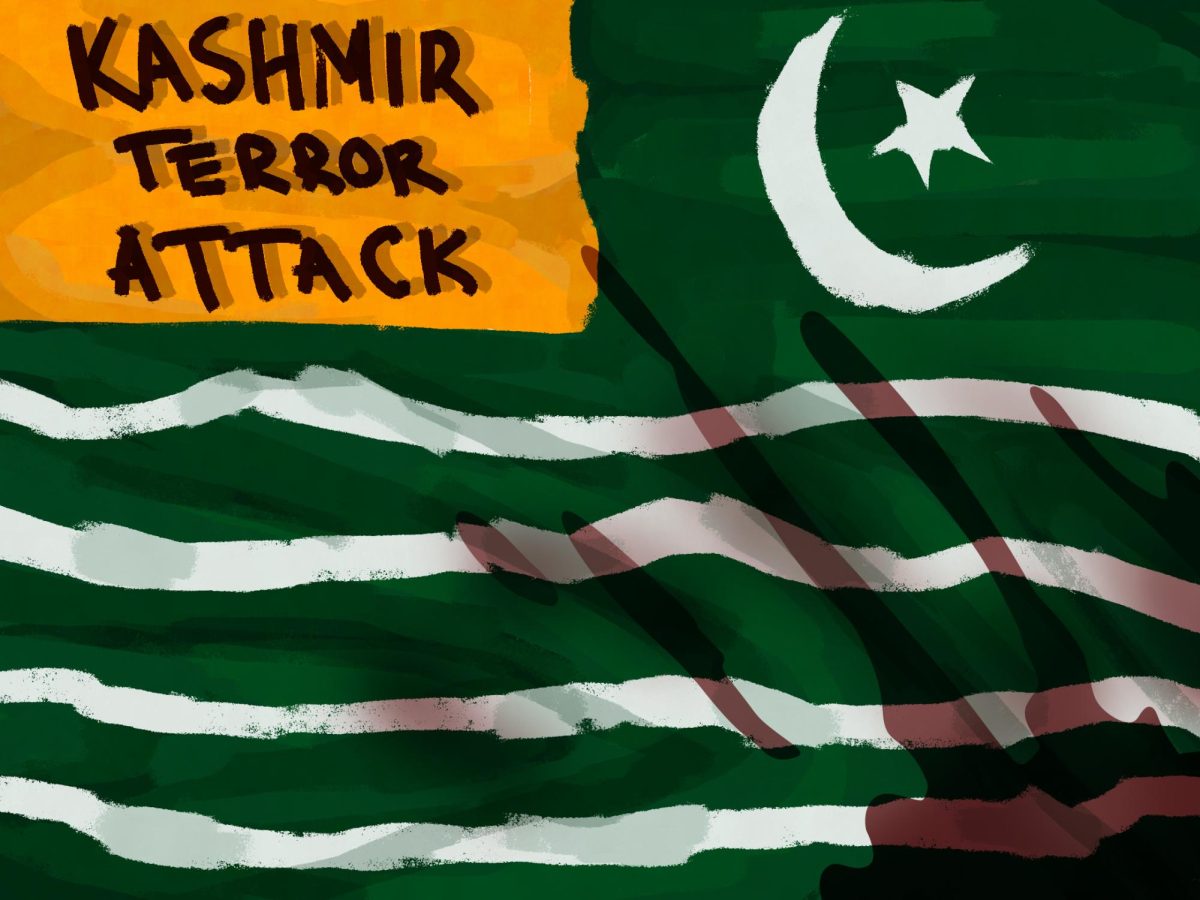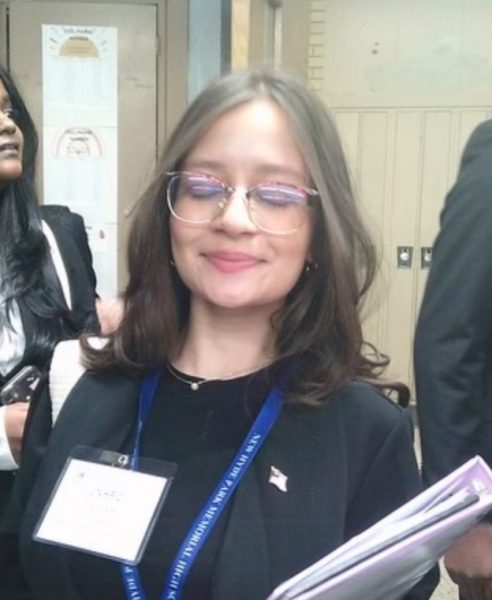In recent months, there has been a noticeable rise in discrimination against South Asians in the U.S., shown in the form of online hate and anti-South Asian hate crimes. This isn’t just happening in the U.S. A significant surge of hatred has also been occurring in Canada, shown in the form of online hate, extremist groups and anti-South Asian hate crimes.
“I think the fact that people are getting attacked and insulted because of their heritage is just really messed up. Nobody deserves such hate just for being born of a certain race and not even for who they are inside,” said eighth grader Gianna Kaur.
This rise in hatred has been growing for quite some time. Between 2019 and 2023, there was a 227% increase in police-reported South Asian directed hate crimes. An online analysis by the Institute for Strategic Dialogue has also shown that from 2023 to 2024, there was a more than 1,350% increase in posts containing South Asian-directed hate.
“I believe that a lot of South Asian hate comes from plain ignorance and stereotypes that spread fast through social media. Because of this, South Asians have become a really easy target for hate,” senior Anisha Chakroborty said.
When these spikes occur, they usually arrive when something happens regarding South Asians in politics, such as New York Assembly member Zohran Mamdani’s mayoral campaign. This may lead to discrimination against other South Asians because of his run. In 2024, around the time new immigration laws were passed in Canada, occurrences of South Asian hate rose alongside the blame toward immigrants for the country’s housing and healthcare issues by Canadian political leaders.
Another reason for this surge of hatred is the fact that a lot of people don’t classify most South Asians as “Asian” in America. South Asians are commonly overlooked or even excluded when mainstream discourses talk about “Asian” related topics— whether it be from the news, programs or even hate crimes against Asians.
“South Asian hate crimes is a really interesting topic, and I think underreported, maybe? To be honest, the only thing I’ve seen that relates to that is the troubling questions Vivek Ramaswamy had to answer at a Turning Point convention recently,” social studies teacher Dr. D’Orsogna said.
An example of this is when Vincent Chin, a Chinese American man, was killed in 1982 by two white men who were blaming him and Japanese people for job problems in the auto industry, not knowing he was actually Chinese American. This murder is widely remembered because of how it shows the blatant racism against Asians and how they are perceived in the U.S. However, when the “Dotbuster Attacks” occurred in the 1980s, which included 15 Indians who were attacked around Jersey City, the events received far less attention than the murder of Vincent Chin, even though both represented racially motivated violence against Asians.
“I feel like whenever people talk about Asian representation, South Asians are often left out of the conversation; it feels as if our existence, struggles and experiences are not acknowledged,” said eighth grader Sarah Mufti.
In classrooms and communities, recognizing underrepresented voices is essential to building understanding and empathy. With this, awareness and education remain the strongest tools against bias—ensuring that every community, including South Asians, is seen and heard.

